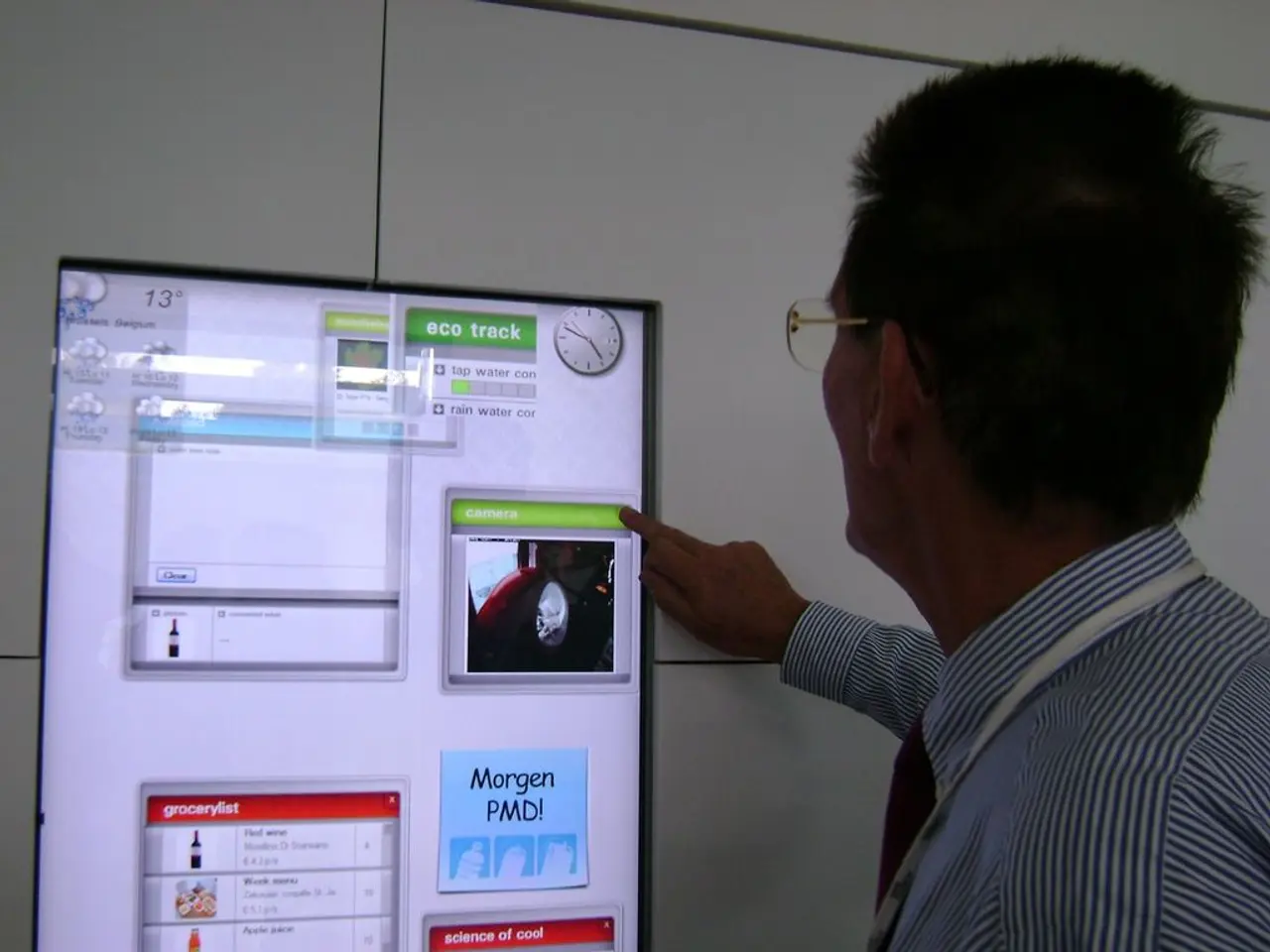Unveiling the Chinese tech innovation: The start-up responsible for the Android XR-powered augmented reality glasses under Google's wing.
Google's Project Aura, a new entrant in the virtual and augmented reality market, was unveiled at the annual I/O developer conference in May. This ambitious initiative, led by Chinese start-up Xreal, is poised to rival offerings from tech giants such as Apple and Meta Platforms.
Project Aura is Google's second XR initiative, following a collaboration with Samsung Electronics on a virtual reality headset named Moohan. The company's strategy for Project Aura mirrors its successful smartphone playbook, providing the Android XR operating system while collaborating with hardware makers for the mass-market release.
One of the standout features of Project Aura is its impressive field of view (FoV), exceeding 70 degrees. This achievement is attributed to Xreal's optical engineering, which has enabled thinner lenses with broader fields of view. The FoV in Project Aura is described as the largest screen ever made by Xreal, significantly surpassing the 57-degree FoV of earlier Xreal One models.
The glasses themselves do not contain the full computing power to process data. Instead, they rely on a "tethered puck" device that handles the heavy computing tasks and must be physically connected to the glasses. This external puck contains a Qualcomm Snapdragon chipset responsible for the main processing. Inside the glasses is a modified X1 chip called the X1S, which is an evolution of the X1 chip found in previous Xreal glasses.
The release of Project Aura marks a significant step in the development of AR technology by Google. With its wide-angle view and powerful processing capabilities, Project Aura is set to offer an immersive augmented reality experience. The glasses are scheduled for release in the first quarter of 2026, making it an exciting development to watch in the coming months.
[1] TechCrunch. (2025, May). Google's Project Aura AR glasses unveiled at I/O 2025. Retrieved from https://techcrunch.com/2025/05/18/googles-project-aura-ar-glasses-unveiled-at-io-2025/
[2] The Verge. (2025, May). Google's Project Aura: Everything we know so far. Retrieved from https://www.theverge.com/23381574/google-project-aura-ar-glasses-everything-we-know
[3] Wired. (2025, May). Google's Project Aura AR Glasses: What We Know. Retrieved from https://www.wired.com/story/google-project-aura-ar-glasses-everything-we-know/
[4] Engadget. (2025, May). Google's Project Aura AR glasses: A new era of augmented reality. Retrieved from https://www.engadget.com/google-project-aura-ar-glasses-everything-we-know-031408757.html
The technology powering Google's Project Aura includes smart-home-devices, as it pairs seamlessly with other Google gadgets to provide an immersive augmented reality experience. In the future, it is expected that Project Aura will expand beyond just AR, leveraging advancements in technology to bridge the gap between digital and physical spaces.







